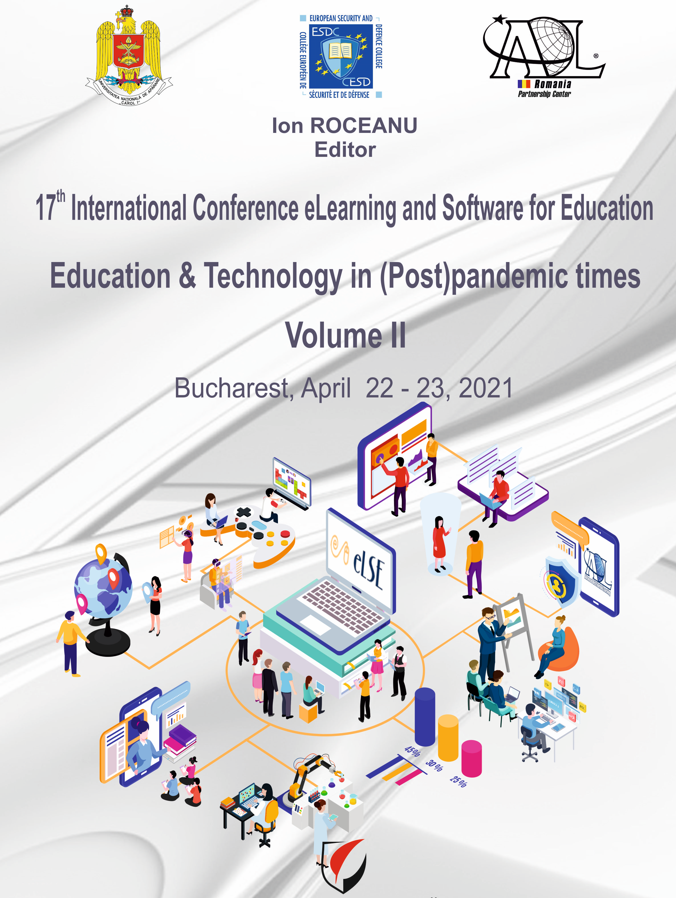HOW LEARNING AND COMMUNICATION PROCESSES OCCUR NATURALLY VS. ARTIFICIALLY: AN ANALYSIS
HOW LEARNING AND COMMUNICATION PROCESSES OCCUR NATURALLY VS. ARTIFICIALLY: AN ANALYSIS
Author(s): Andrei ZamfiraSubject(s): Education, Communication studies, Psycholinguistics, Computational linguistics, ICT Information and Communications Technologies
Published by: Carol I National Defence University Publishing House
Keywords: Psycholinguistics; Neurolinguistics; Computational Linguistics; neural encoding of information;
Summary/Abstract: In this paper we will continue our work we started in previous article about the human communication capacity by language (verbal or textual) and why it is one of the most hard tasks that to be artificially emulated by computer technologies. This time we will focus our studies on the psychological aspect of learning and communication by language, and we’ll show how researchers in Cognitive Linguistics found that information that we use for communicating is stored and organized inside our brain. There were many models created from the efforts of scholars in the domain who tried to find out the exact organization of this (unseen before) knowledge system, called the Mental Lexicon, and even though all of these created models are different they also do share some common traits, such that information is organized on a 3 tiers, which are those corresponding to phonology, lexical and semantics. The entries are linked within the tiers by some learned (weighted) associations which represent the relations that exist between them (e.g. objects in a house, plants from outdoors) but also inter-tier, such that the lexical form of a word from a certain language is linked to its corresponding significances from the semantic tier and also with its phonetic representation (sound). After we presented and analysed language from a cognitive side, next we went and tried to explain the processes also from their most raw representation, which is the neurological one. Due to the developments from the last decades in technologies for brain imagistic it has been possible to find out the exact location of the language processes inside our brains, which regions are responsible for what language tasks(perception, production), where the Mental Lexicon relies, what path follows the language information as it is being processed by different regions of the brain. This leads somehow with the thought to the organization and storage of data into computer machine (both software and hardware layers) by means of logical units (bits) and how it is accessed and processed. In the final of the paper we will present the computer technologies that have been created until today in order to emulate artificially the language capacity of humans. We will discuss and analyse the inner functionalities of automatic speech recognition systems and see what complex technologies would be needed to properly implement one. The final goal of the discussions and analyses we made here is to show how invaluable we, as human beings are, and that our mental capabilities, structures of data are impossible to be completely emulated artificially by machines technologies.
Journal: Conference proceedings of »eLearning and Software for Education« (eLSE)
- Issue Year: 17/2021
- Issue No: 02
- Page Range: 263-276
- Page Count: 14
- Language: English

